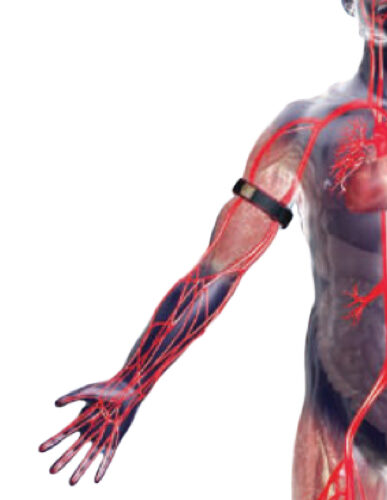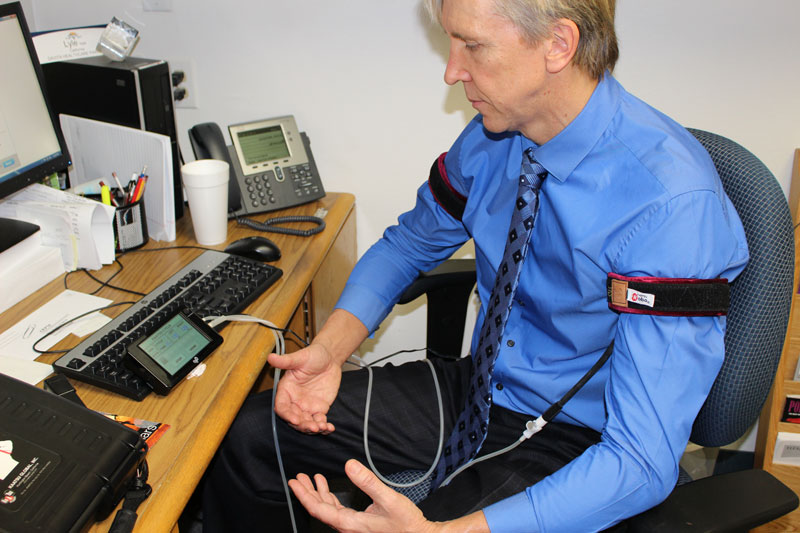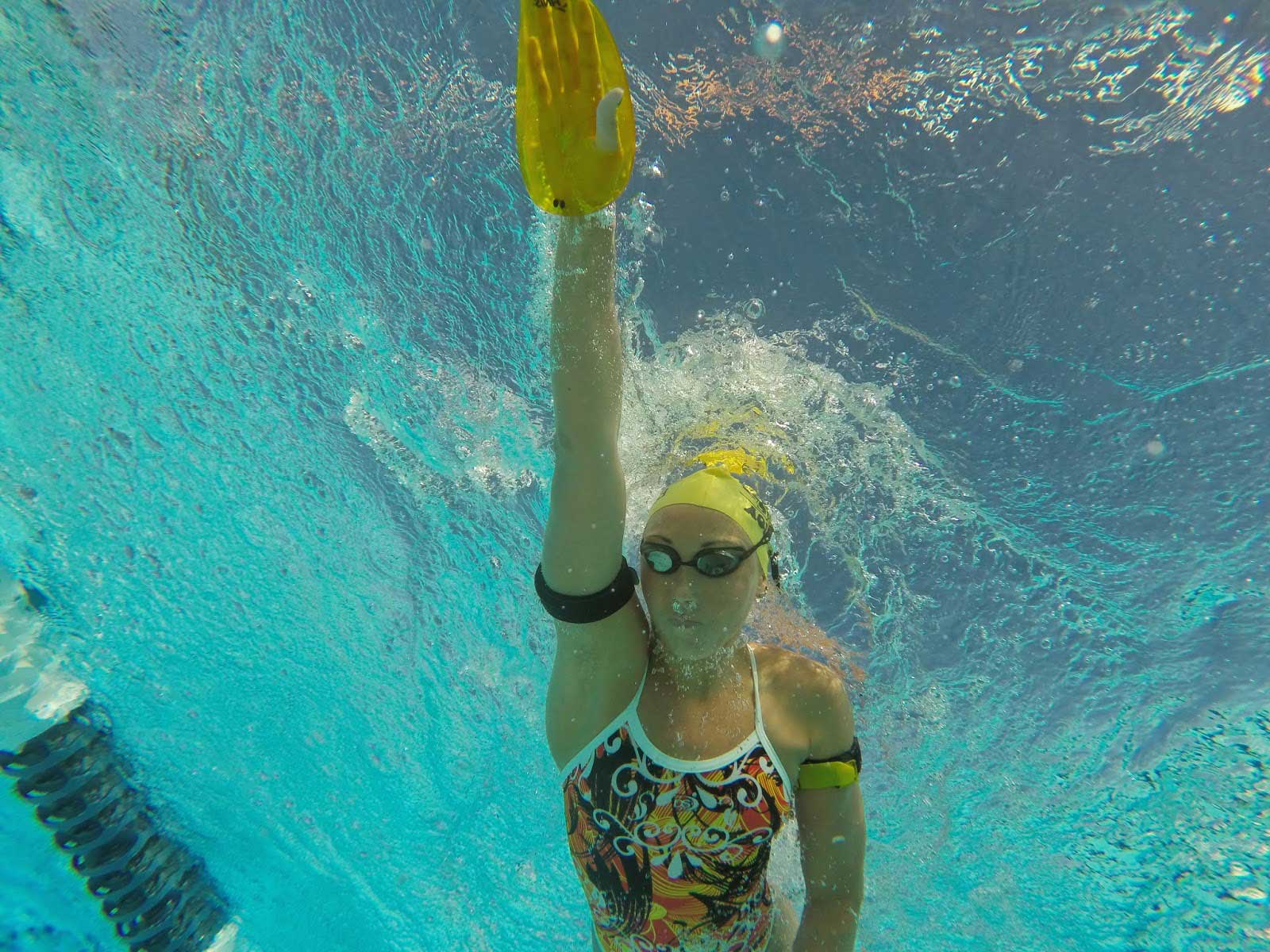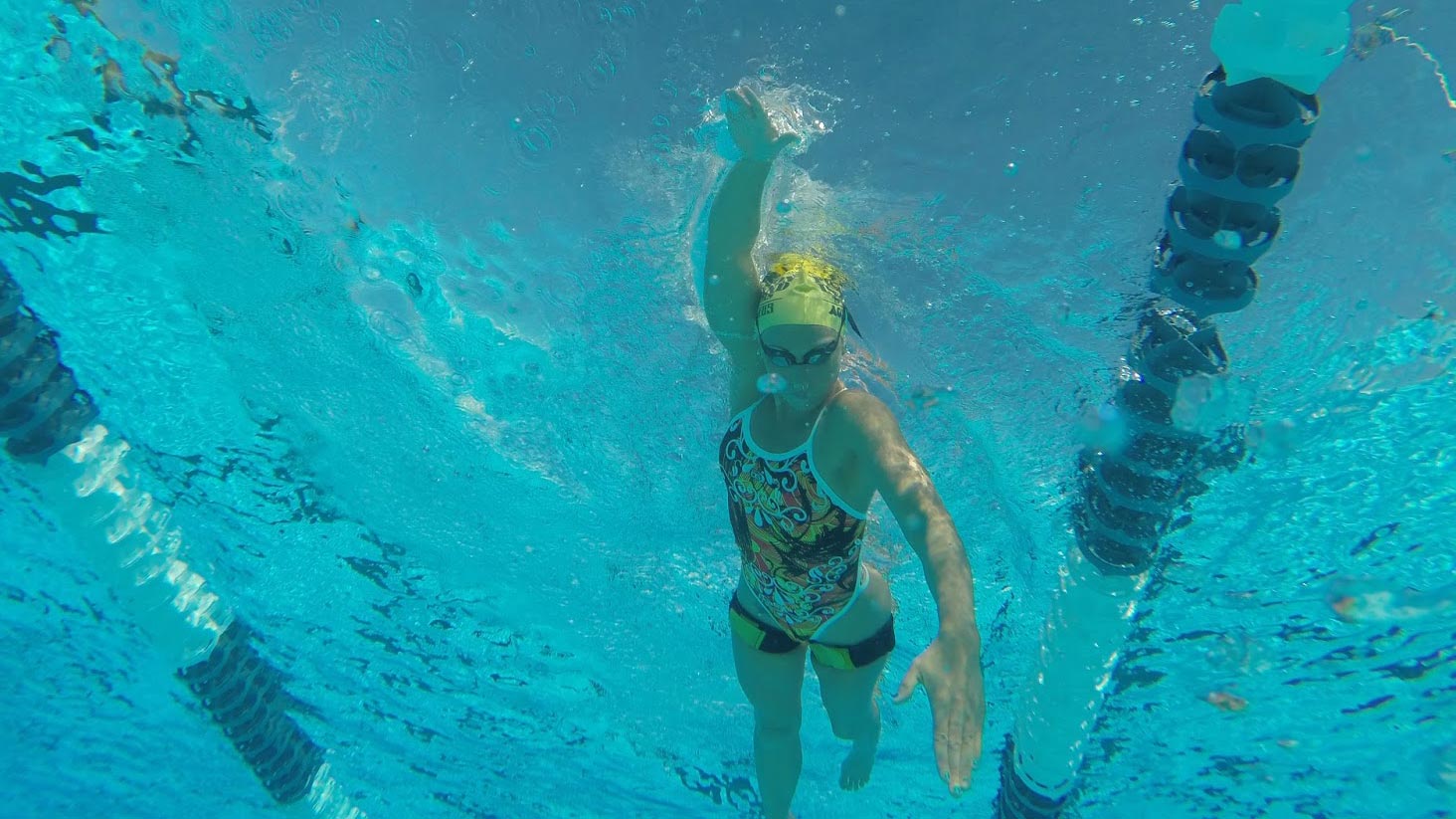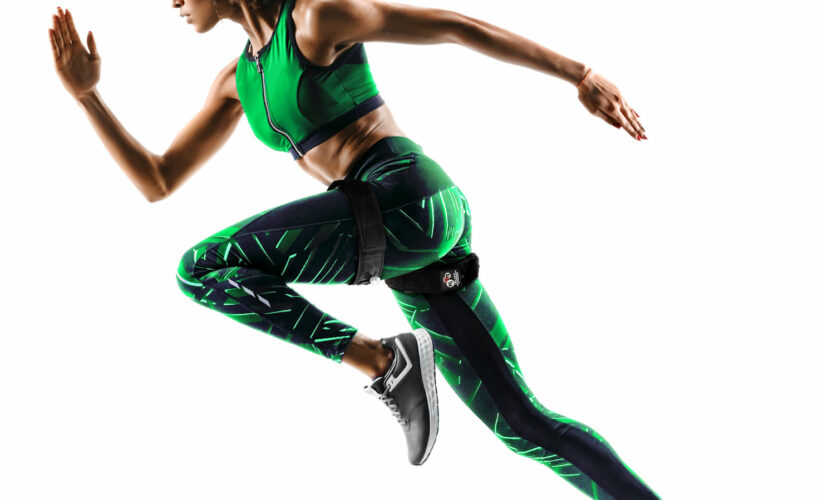
KAATSU Specialist Series: Questions & Answers
For who? Baby Boomers, retirees, competitive athletes
For what? Strength, stamina, functional movement, mobility, flexibility, warm-up, recovery, KAATSU Cycle
Questions from KAATSU users around the world from all walks of life and various ages come in frequently. Below are answers and advice to 20 common questions:
Q1. KAATSU temporarily traps interstitial fluid in the legs and arms. Could this make an already swollen knee or elbow worse?
A1. The movement of the limbs during exercise actually makes swelling less.
Q2. What type of fatigue factor (adrenaline release) is associated with KAATSU? Is there a recovery period required?
A2. We know adrenalin, Human Growth Hormone, IGF-1 (Insulin Growth Factor), and VEGF (Vascular Endothelial Growth Factor) are released during a proper KAATSU session. These are marker hormones and what has been studied. There are likely others. Recovery from KAATSU is quicker than other maximal work for a variety of reasons. For example, intense weight lifting causes microscopic tears to form in the fiber and connective tissue of muscles. With proper rest and nutrients, the muscles slowly rebuild over the following days, but full repair can take a week. With KAATSU, there is not microscopic tears due to lifting weights against gravity.
Q3. Does the law of diminishing returns apply? Will we expect to hit plateaus? Can KAATSU be used twice per day or even more?
A3. KAATSU Cycle can be used twice and even three times per day, especially if you are rehabilitating from injury or surgery. But even if you are training twice per day, KAATSU can be briefly incorporated into each workout if you follow proper KAATSU protocols. We think there are relatively few plateaus.
Q4. Are there studies analyzing the amounts of Growth Hormone or other chemical responses as a result of KAATSU?
A4. Yes, consult the research section on the www.kaatsu-global.com website here (e.g., Rapid increase in plasma growth hormone after
low-intensity resistance exercise with vascular occlusion).
Q5. Is there research or documented cases which demonstrate KAATSU effectiveness on rehab, including muscle tears?
A5. Yes, consult the research section on the www.kaatsu-global.com website here (e.g., (e.g., Three cases of disuse syndrome patients who improved by KAATSU training).
Q6. What are the effects of KAATSU on contusions or bruises?
A6. If you have a large contusion on your body, it is best to do conservative KAATSU Cycle on the other limbs (e.g., if you have a bruise on your left leg, you can do KAATSU on your right leg and both arms).
Q7. What sort of data is available which supports the claims that KAATSU can increase muscle strength?
A7. Yes, consult the research section on the www.kaatsu-global.com website here (e.g., Muscle fiber cross-sectional area is increased after two weeks of twice daily KAATSU-resistance training).
Q8. Is the cascading release of Growth Hormone enough to strengthen muscle without the tearing down of muscle fibers? How do we know?
A8. Yes, the Growth Hormone cascade is one critical part of strengthening muscle. Tearing down of muscle fibers is not necessary for improved strength. In other words, KAATSU enables you to avoid the microtrauma in muscle fibers and connective tissue, but with the naturally resultant biochemical reactions in the body, the muscle can grow in size and strength.
Q9. Should exercises be alternated to prevent possible plateaus?
A9. It is best to incorporate a wide variety of exercises and movements for the arms, legs and core while doing KAATSU sessions. The exercises are vary during each KAATSU session.
Q10. Does it matter if my leg exercises are more intense than the arm exercises?
A10. Generally, you can get a ‘failure’ signal on both your arms and legs to an equal degree. Some people (including many males) feel this more intensely in their arms and others (including many females) feel this more intensely in their legs. But this phenomenon may occur because some males push themselves more intensely on their arms and some females push themselves more intensely on their legs.
Q11. My capillary refill time (CRT) is a bit different in the center of my palm compared to the meaty area of my palm when I firmly push down with my thumb.
A11. Standard KAATSU protocol calls for firmly pressing down on the meaty area of your palm and then releasing to see the capillary refill time. This is the best visual evidence of the extent of blood engorgement. After releasing your them, count the seconds before the area is refilled with blood. It is good for the CRT to be fast (under a second), but it should always be faster than 3 seconds (as in a count of “one-thousand-one, one-thousand-two, one-thousand-three). You can also use the Masimo MightySat™ Finger Pulse Oximeter. When you first put on the Masimo MightySat™ Finger Pulse Oximeter on your non-dominant ring finger, check your Perfusion Index. When this Perfusion Index decreases about 25-40%, you have reached your Optimal Pressure.
Q12. What is suggested response when subject complains of discomfort during treatment?
A12. If the discomfort is within the exercising muscle, that is what is supposed to happen. That indicates the muscle is being adequately trained without the need for vigorous weight lifting. But if there is any unusual pain, stop the KAATSU session. For an individual with pain near their injuries or joints, the KAATSU session and movements should either be avoided or adjusted. If only one limb is causing the pain, you can still use KAATSU on the other limbs. It is also very important to focus on KAATSU Cycles as opposed to the KAATSU Training mode.
Q13. Midway through treatment, a patient notified me of drugs in her system (i.e., painkillers for migraines). Could this make her less sensitive to treatment and is it acceptable to proceed?
A13. It is likely OK to proceed. However, if a patient is highly medicated (or inebriated) that you would not normally do regular exercise, then they should avoid doing KAATSU in this state. The same logic holds true for illness. If a patient is so sick or feverish that they would not normally do regular exercise, then they should also avoid doing KAATSU in this state.
Q14. Can the KAATSU leg bands be used on a stationary bike? What, if any, recommended protocols are suggested?
A14. Yes, using with a stationary bicycle (or a rowing machine or treadmill or elliptical machine or step machine) can provide a great aerobic workout. You can incorporate either the KAATSU Cycle mode or the KAATSU Training mode with all of these types of equipment. For example, you can spin for 1 minute (cycling) at a pressure where it is difficult to complete the full 60 seconds, then rest for 30-60 seconds. Then repeat this 3-5 times. If you use the KAATSU Cycle mode, you can spin for 30 seconds (while the KAATSU Air Bands are inflated) and then rest when the bands are deflated. These kinds of high intensity and interval training provide excellent short KAATSU Cycle or KAATSU Training workouts.
Q15. Are there contraindications post surgical? How soon after surgery can you begin?
A15. No, KAATSU Cycles can be safely started 3 days post op. In fact, under medical supervision at Veterans Affairs Hospitals, post-op patients begin KAATSU Cycles the day of surgery.
The only recommended caution is not to put KAATSU Air Bands over a fresh wound and do not do exercises that cause pain in the operated area.
Q16. Could my Optimal SKU Pressure differ from my left arm to my right arm? Some athletes have a dominant arm so that seems reasonable.
A16. In most cases, yes the athlete’s Optimal SKU Pressure differs between their left and right arms. For athletes with slight differences in their strength, agility or speed on/toward one side versus their other side, KAATSU can be most effective if you put a slightly higher Base SKU Pressure or Optimal SKU Pressure on the weaker limb. This will help strengthen the weaker limb and make the athlete’s body more uniform/equal on both sides.
Q17. Are there listed standard protocols for trying to achieve certain goals?
A17. This is a more complicated question as every athlete or individual is different with different strengths and weaknesses. There are differences even between how KAATSU can be more effectively used during the off-season, pre-season, mid-season and championship season. For example, perhaps the athlete needs to focus more on stamina building in pre-season and more on speed in mid-season and technique in the championship season. These differences may dictate different pressures, durations, movements and interval in the training.
Q18. Can you do the KAATSU Cycle on both of your arms and legs at the same time?
A18. No one should simultaneously do KAATSU Training or KAATSU Cycles on their arms and legs together. Users may think they are being more efficient by doing arms and legs at the same time, but they are actually being much less efficient by doing so. Additionally, doing KAATSU on your arms and legs together introduces the risk of becoming lightheaded and fainting.
Signals from your muscle groups to your brain as a result of KAATSU are much more effective if they are coming from one location. This is why we only do KAATSU on the injured leg instead of doing KAATSU on both legs if one leg is injured.
In the same way, if we have signals simultaneously coming from both arms and both legs, this is a reduction of impactful signals by one-fourth – it is not an increase in signals by four. This testing was performed many years ago at the University of Tokyo Hospital.
Q19. Why should you do KAATSU on your arms first and then work on your legs?
A19. One of the reasons you should do your arms first is because the nerves of your arms and the capillaries in the arms are much closer together compared to the anatomy of your legs. The engorgement of your capillaries in your arms “wakes up” or “warms up” (i.e., stimulates) your nervous system much faster and more effectively than the engorgement of your capillaries in your legs. Therefore, your leg workout will be better after your arms have gone through the KAATSU Cycles.
Q20. Should we workout our small muscles first before our larger muscle groups – or vice versa?
A20. We encourage doing KAATSU on the smallest muscles first and then gradually move to the larger muscles. This is why we do KAATSU first on the arms, and then on the legs.
In the standard arm KAATSU 3-Point Exercises, we start off with the forearms, then go to the biceps, and then the triceps.
In the standard leg KAATSU 3-Point Exercises, we start off with the toes, then go to the calves, and then the hamstrings and quadriceps.
This concept is also true for competitive sports like swimming. If you are doing different strokes but want to focus on backstroke (for example), first do the other strokes and then finish off with your backstroke sets.

